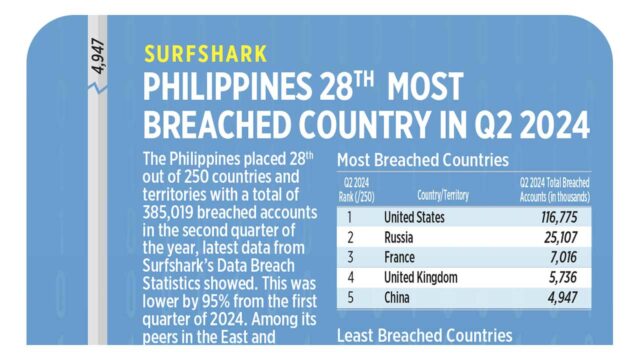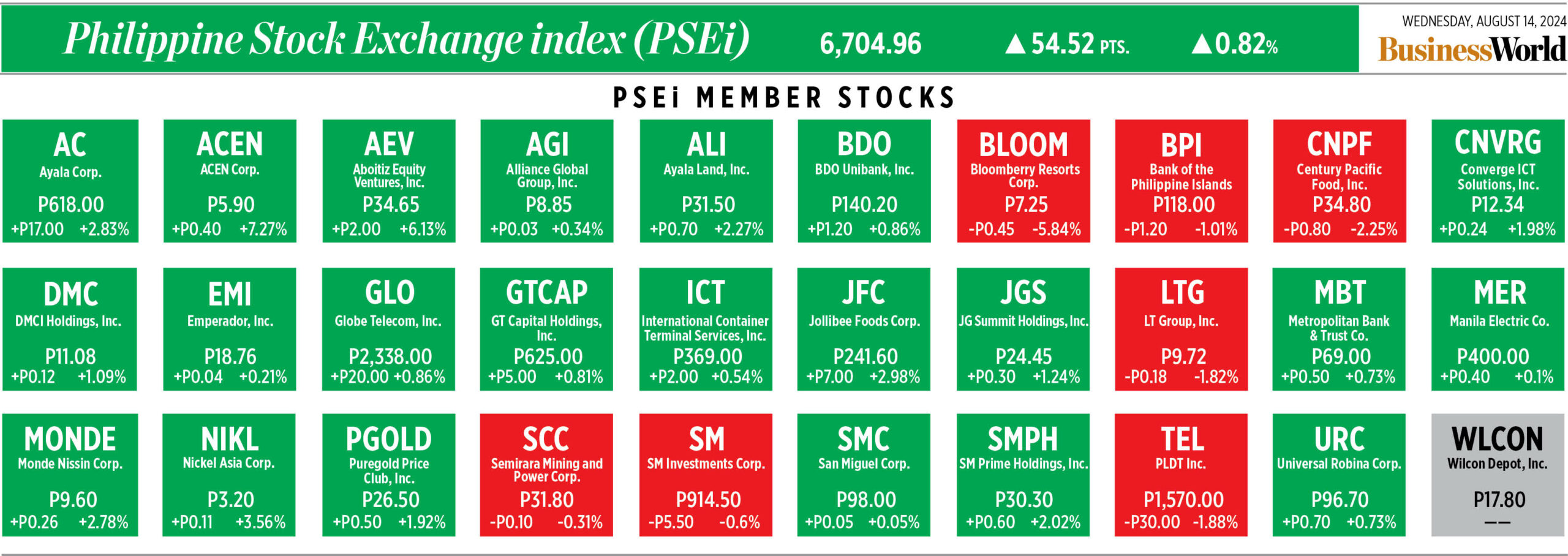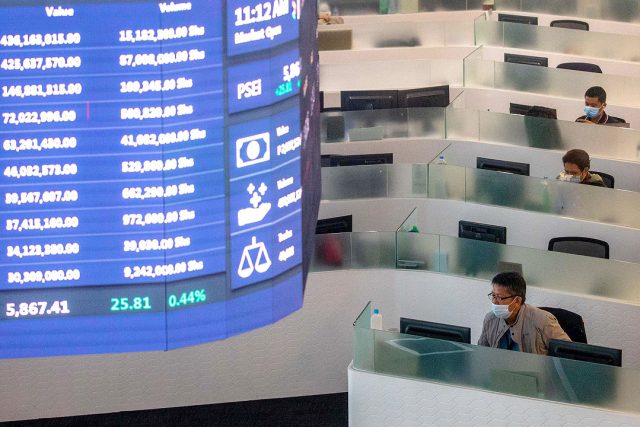AI companies lose bid to dismiss parts of visual artists’ copyright case
A GROUP of visual artists can continue to pursue some claims that Stability AI, Midjourney, DeviantArt, and Runway AI’s artificial intelligence (AI)-based image generation systems infringe their copyrights, a California federal judge ruled on Monday.
US District Judge William Orrick said the artists plausibly argued that the companies violate their rights by illegally storing their works on their systems. Mr. Orrick also refused to dismiss related trademark-law claims, though he threw out others accusing the companies of unjust enrichment, breach of contract and breaking a separate US copyright law.
The decision did not address the artists’ core claim that the alleged misuse of their work to train AI systems directly infringes their copyrights, or the key defense that AI companies make fair use of copyrighted material.
A spokesperson for Stability and an attorney for Midjourney declined to comment on the decision on Tuesday. Spokespeople and attorneys for the other companies did not immediately respond to requests for comment.
The artists’ attorneys Joseph Saveri and Matthew Butterick said in a statement on Tuesday that the decision was “a significant step forward for the case.”
Illustrators Sarah Andersen, Kelly McKernan, and Karla Ortiz initially sued the companies last January in one of the first of several high-stakes lawsuits against tech companies over the use of copyrighted work in AI training. Mr. Orrick had dismissed many of their allegations in October but allowed them to be refiled.
Ms. Andersen, Ms. McKernan, Ms. Ortiz and seven other artists brought an amended complaint in November. They argued that Stability’s Stable Diffusion model, utilized by all of the companies, unlawfully contains “compressed copies” of their works used to train it.
Mr. Orrick said in a tentative ruling in May that he was inclined to let the copyright allegations continue. He elaborated on Monday that the companies could not dismiss the claims at an early stage of the case.
“The plausible inferences at this juncture are that Stable Diffusion by operation by end users creates copyright infringement and was created to facilitate that infringement by design,” Mr. Orrick said. — Reuters















